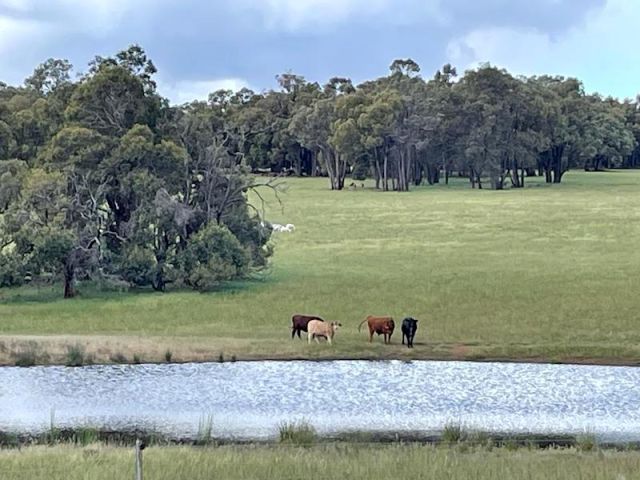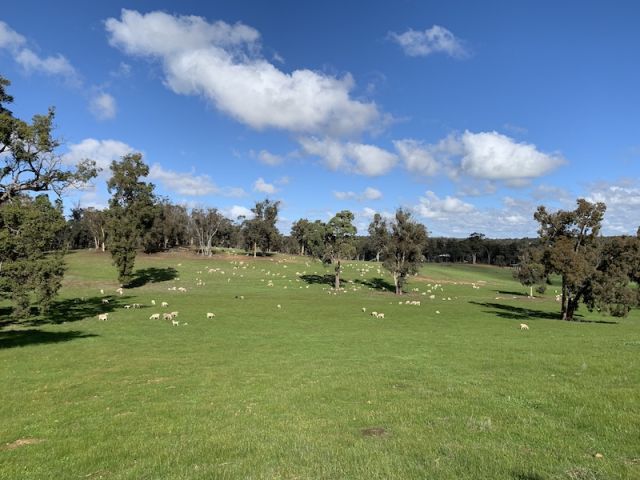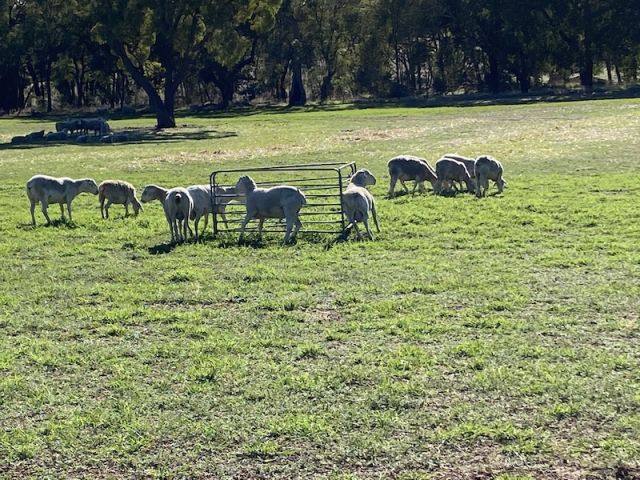
Some points to consider
Sowing and Management of Kikuyu
Seed Purity
Up to 99% Pure
Order Volume
1kg and up - Kikuyu
25kg and up - Clover
Harvest Yield
Whittet Kikuyu
Subterranean Clover
Seed Enquiries
Contact us
FREE Kikuyu Management Guide
CLICK HERE to download PDF
Some points to consider before ordering and sowing.
- What area (ha) are you wanting to sow with kikuyu
- What is your soil type? Sand is the most suitable, gravel is fine, kikuyu will be slightly slower to spread out. Clay, it will grow, but there are other plants that may better suit.
- What is your average annual rainfall? Tamgaree kikuyu will grow at 300ml pa and above. However, the lower the rainfall, the more important it is to remove plants/weeds from establishment ha, so the soil moisture profile is optimum. The higher rainfall areas have the luxury of being able to plant later in the season. In some cases, that is not until the soil is dry enough for a tractor to be able operate.
- What machinery do you have available to sow the seed? Have you sowed Canola? Have you experience in calibrating seeding at very low rates? It is recommended to use a carrier to help build the volume in the seed box which makes it much easier to sow at low rates. The carrier could be builders’ lime or sand, a clover mix, other legumes, or canola 2nds
- If you are running cattle an option is to use French Millet. This will provide early feed for the cattle and offer protection from the wind for the young seedling Kikuyu.
- In very windy areas, in sheep country, another option is a low rate of oats or wheat.
- Site Preparation: Have you undertaken any preparation work on the area to be sown? It is preferable in the spring prior to sowing to spray top, cut hay or just graze the paddocks heavily. Anything that will help reduce the weed burden seed bank.
- Have your soil tested and know what you are working with.
Seeding rate advice for A grade seed:
- Sheep: 2kg/ha lower rates are possible for sheep, if very good weed control is achieved.
- Cattle: 2 - 4kg/ha
- Horses: 5kg/ha (spelling yard) and 10 kg/ha (Arena)
- Sport/Parks/Lawns: 10 kg/ha
- If you are considering a lower grade kikuyu/clover mix you will need to sow at higher rates per ha to achieve the best results
Sowing Depth
Depth of one centimetre in the perfect world but with non-wetting sand sow beneath this layer and into the moisture as nothing will germinate in the dry layer. In such conditions sowing to a depth of 4 cm may be required but will result in some seed mortality as not all seeds will be able to push through to the surface.
Companion Species
A companion species is useful as a carrier as it builds up the volume in the seeder box and the addition of a legume such as a hard seeded Serradella or Sub Clover works well.
Some farmers have used plain sand which works well as there is no separation in the seeder box when vibrations occur as the machine is travelling around the paddock.
Fertiliser History
The seeding operation is best done with no nitrogenous fertiliser as this can burn the fine hair roots at germination. Once the plant is putting out runners it has a large appetite for Nitrogen. Kikuyu is not responsive to phosphorus.
Kikuyu will germinate all year round however, because it is a sub-tropical plant, it goes into hibernation in the winter. To avoid this, you need to plant either early in the autumn whilst you still have some heat and day length, or better still, in the spring when the day light is increasing, and the soil temperatures are rising. Establishment is much stronger during these periods.
Cold tolerance
Kikuyu originated in Kenya at very high altitudes, so it is very tolerant of low temperatures.
Grazing Advice
In the initial season our advice is that you graze young sheep, preferably weaners, as they tend to spread out across a paddock and not feed intensely as a mob. Grazing can commence when the kikuyu is starting to produce runners but will depend on what summer rainfall you receive and how vigorous the initial growth is. Observe closely so that you can lighten off or remove stock if grazing looks to be too heavy or if the stock is pulling out the kikuyu runners as they graze.
Lawns
Water (heavy) three times a week for the first two weeks then back off to two heavy watering’s a week. Mow at tennis ball height for the first summer.
SEED ORDERS
Seed sales are ex Perth or our property at The Lakes and can be picked up at a pre-arranged time or can be mailed, couriered or trucked depending on the size of the order.
Payment will be prior to pick up or dispatch unless other arrangements are made to the satisfaction of Tamgaree Kikuyu.
Tamgaree Kikuyu


